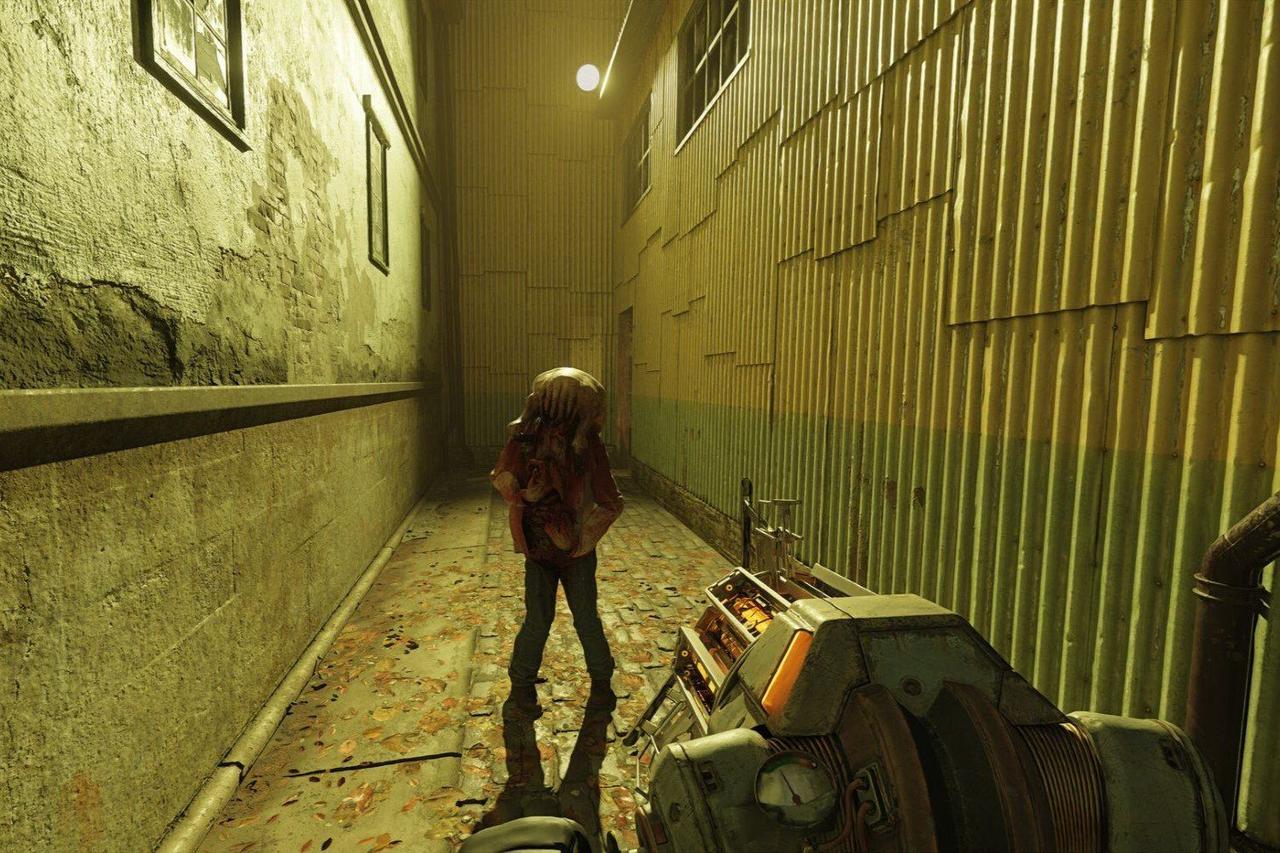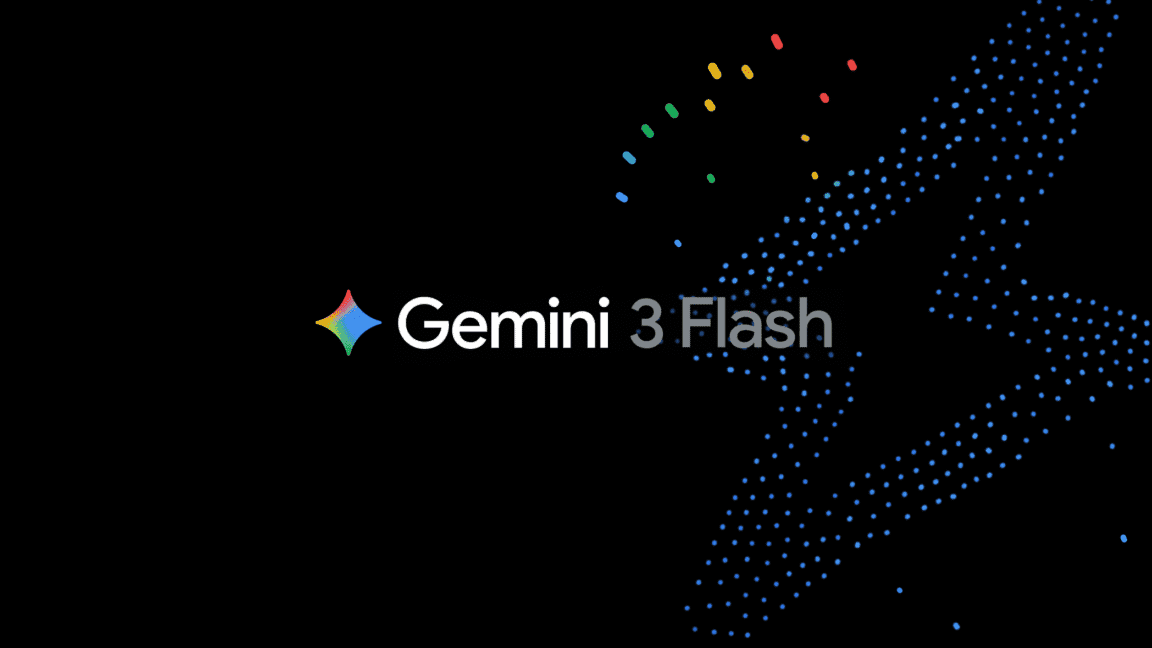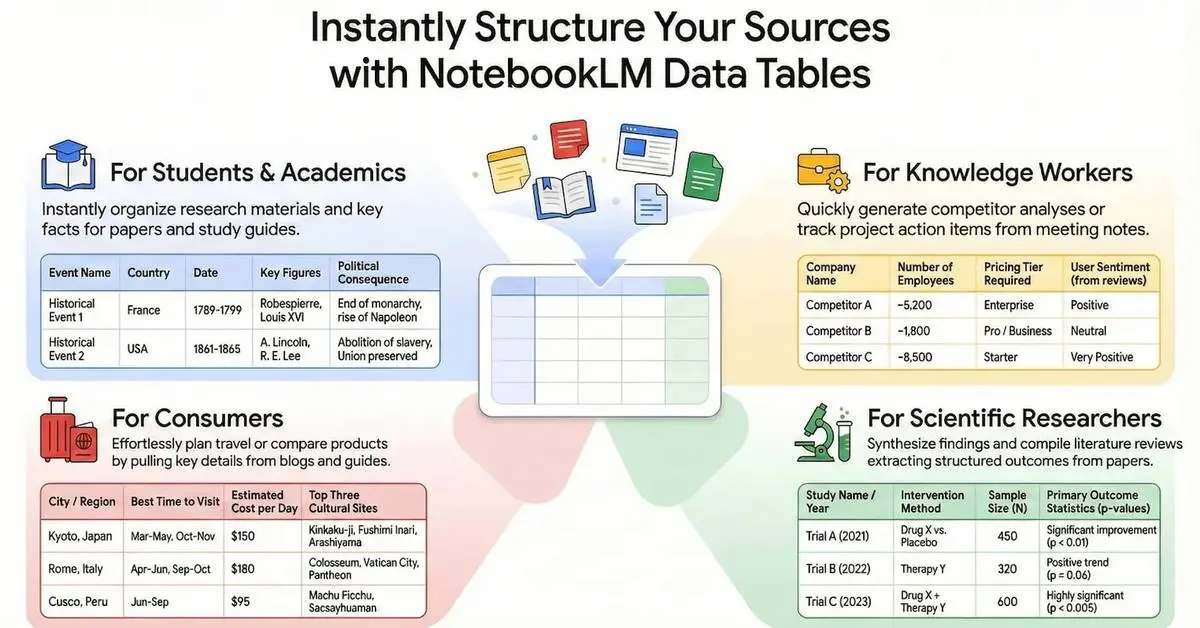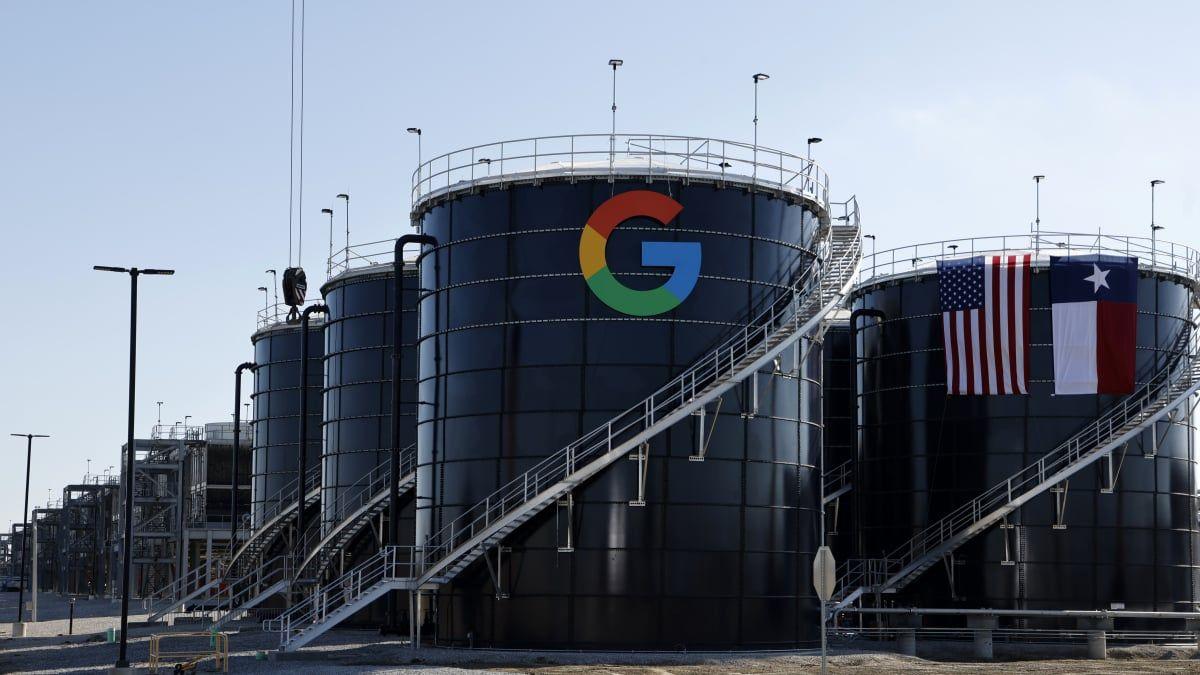NVIDIA's RTX Mega Geometry Debuts in Alan Wake 2, Boosting Performance and Ray Tracing Capabilities
2 Sources
2 Sources
[1]
Nvidia massively upgraded its GPUs, and no one is talking about it
Alan Wake 2 has released its 1.2.8 update, making it one of the first games to use Nvidia's new RTX Mega Geometry tech. In a comparison video released by Compusemble and reported on by Wccftech, the results appear to be an average 13% reduction in VRAM usage and an fps bump -- and that's while using an RTX 4090. The video runs the 1.2.7 version of the game and the 1.2.8 update side by side, with one comparison using DLAA and the next using DLSS. The game is running on an RTX 4090 graphics card at 4K resolution with settings set to max. If you keep an eye on the numbers, you can easily spot the lower CPU percentages and the higher frame rates. Recommended Videos Although Mega Geometry was introduced alongside the new RTX 50-series as part of the Nvidia RTX kit, this tech runs on all RTX GPUs and according to this example, it can bring significant improvements even to older models. The recently released RTX 5090 and 5080 GPUs include fourth-generation ray tracing cores that were built to work with Mega Geometry, so the results there will likely be even more impressive. Alan Wake 2 - RTX Mega Geometry Update Tested! You may not have heard much about RTX Mega Geometry but it is a huge deal for performance and quality in ray-traced games because it both increases the number of triangles developers can ray-trace and reduces the CPU overhead required to pull it off. How does it do this? With artificial intelligence, of course! Get your weekly teardown of the tech behind PC gaming ReSpec Subscribe Check your inbox! Privacy Policy One of the most expensive aspects of ray tracing is connected to the different LODs (level of detail) each game object has. When an object is closest to the camera, we see a high-detail mesh with lots of tiny triangles, typically referred to as LOD 0. As the LOD level goes up, we get less detail and fewer triangles, which is suitable for objects that are far away from the camera. As you move around, the LODs for different objects are constantly changing based on how far away they are from the camera. The more triangles you're working with overall, the more levels of detail are possible -- which means more LODs to swap between. This has been standard practice for a long time, but now that we're dealing with newer tech like ray tracing and Nanite, things have been getting out of hand. Unreal 5's Nanite system allows for a huge increase in geometry complexity -- meaning more triangles and more levels of detail. In a game using Nanite, there could be hundreds or even thousands of LOD changes in every single frame. The problem with this is that in a ray-traced game, every time one LOD is swapped out for another, a whole rebuild has to happen to apply ray tracing to the new mesh. This is incredibly expensive to do and if you end up with too many LOD changes, it can become impossible to achieve real-time frame rates. To fix this, RTX Mega Geometry updates clusters of triangles in batches, intelligently choosing which to update and when for optimal efficiency. The goal is to enable developers using Nanite to ray trace every triangle in their projects while still achieving acceptable real-time frame rates. The implication of all this? More ray tracing and better performance for everyone! Well, right now it's only for Nvidia RTX users, but this tech will definitely spread across the industry over time. The addition of RTX Mega Geometry to Alan Wake 2 is automatic when you update the game, so you can easily try it out for yourself if you use an Nvidia RTX GPU.
[2]
Alan Wake 2's DLSS 4 update is here and it's the first game to add RTX Mega Geometry
TL;DR: NVIDIA's GeForce RTX 50 Series introduces RTX Neural Rendering technologies, enhancing ray-traced visuals and performance. Alan Wake 2 is the first to implement RTX Mega Geometry, improving path tracing and ray tracing performance. Update 1.2.8 adds DLSS 4 support, further boosting image fidelity and performance, with new AI models and ray tracing enhancements. With the GeForce RTX 50 Series, NVIDIA is introducing a suite of groundbreaking new RTX Neural Rendering technologies designed to enhance in-game ray-traced visuals and performance. RTX Mega Geometry is one of these new bits of technology, and it has arrived in Alan Wake 2 - boosting the game's Path Tracing and Ray Tracing performance for all GeForce RTX gamers. RTX Mega Geometry accelerates rendering complex, highly detailed scenes with many ray tracing effects enabled. According to NVIDIA, "RTX Mega Geometry accelerates BVH building, making it possible to ray trace up to 100x more triangles than today's standard." What this means for gamers is that path tracing performance is improved with RTX Mega Geometry, and there's now no limit to how detailed and intricate environments, characters, and objects in a scene can become. As part of Alan Wake 2's new Update 1.2.8, which adds full DLSS 4 support to the game, including the impressive new Transformer AI models for DLSS Super Resolution and DLSS Ray Reconstruction, it's also the first game to implement RTX Mega Geometry. Alan Wake 2's Full Ray Tracing or Path Tracing mode is impressive, adding realistic lighting and next-level immersion to every location and scene. It's also incredibly hardware intensive, and in 4K, you can only achieve a playable frame rate with DLSS Super Resolution and Frame Generation enabled. The good news is that DLSS 4 with RTX Mega Geometry in Alan Wake 2 not only brings massive improvements to image fidelity, but performance has improved, too. Thanks to NVIDIA, we've had early access to this new DLSS 4-powered build of Alan Waked 2 for a few weeks now. Based on our testing with the GeForce RTX 4080, RTX 5080, RTX 4090, and RTX 5090, it's a game changer. RTX Mega Geometry alone boosts overall performance on RTX 40 Series and RTX 50 Series cards by 15-20%. And with that, Remedy has added a new 'Ultra' quality ray tracing preset that improves ray tracing quality for reflections and indirect lighting. With the new Transformer AI model, DLSS 'Balanced' and 'Performance' modes now look better than the previous DLSS 'Quality' mode. It's remarkable and highlights NVIDIA's push to improve ray-tracing performance with AI-enhanced software and rendering technologies and expand the capabilities and performance of a GeForce RTX GPU's RT Cores. Alan Wake 2's new Update 1.2.8 is available now; here are the patch notes. In this rather large 1.2.8 update for PC, there are a lot of new additions and improvements for NVIDIA GeForce RTX series by using DLSS 4.
Share
Share
Copy Link
NVIDIA introduces RTX Mega Geometry technology in Alan Wake 2, significantly improving ray tracing performance and visual quality for all RTX GPU users. This advancement, part of the new RTX Neural Rendering suite, marks a major step in gaming graphics technology.

NVIDIA Unveils RTX Mega Geometry Technology
NVIDIA has introduced a groundbreaking advancement in gaming graphics technology with its new RTX Mega Geometry, part of the RTX Neural Rendering suite. This technology has made its debut in the recently updated Alan Wake 2, showcasing significant improvements in ray tracing performance and visual quality
1
.Performance Boost and VRAM Optimization
The implementation of RTX Mega Geometry in Alan Wake 2's 1.2.8 update has resulted in impressive performance gains. Early tests reveal an average 13% reduction in VRAM usage and a noticeable increase in frame rates, even on high-end GPUs like the RTX 4090
1
. This improvement is particularly significant given that it benefits all RTX GPU models, not just the latest RTX 50-series.Technical Innovations in Ray Tracing
RTX Mega Geometry addresses one of the most challenging aspects of ray tracing: managing the levels of detail (LODs) for game objects. By intelligently updating clusters of triangles in batches, the technology enables developers to ray trace a vastly increased number of triangles while maintaining real-time frame rates
1
.DLSS 4 Integration and AI Enhancements
Alongside RTX Mega Geometry, Alan Wake 2's update introduces DLSS 4 support, featuring new Transformer AI models for DLSS Super Resolution and Ray Reconstruction. This combination further enhances image fidelity and performance
2
.Related Stories
Impact on Gaming Experience
The integration of these technologies in Alan Wake 2 has enabled the addition of a new 'Ultra' quality ray tracing preset, improving reflections and indirect lighting. Tests with various RTX GPUs have shown performance boosts of 15-20%, with DLSS 'Balanced' and 'Performance' modes now surpassing the previous 'Quality' mode in visual fidelity
2
.Future Implications for Gaming Industry
While currently exclusive to NVIDIA RTX users, the potential of RTX Mega Geometry and associated technologies is expected to influence the broader gaming industry. This advancement paves the way for more detailed, visually rich gaming environments with improved performance, potentially setting new standards for game development and graphics technology
1
.References
Summarized by
Navi
[1]
Related Stories
NVIDIA Unveils RTX Kit Update with Revolutionary AI-Powered Neural Rendering Technologies
11 Feb 2025•Technology

NVIDIA Unveils DLSS 4: A Leap in AI-Powered Gaming Performance
07 Jan 2025•Technology

NVIDIA's RTX Remix Brings New Life to Classic Games with AI-Powered Graphics Enhancements
14 Mar 2025•Technology

Recent Highlights
1
Google launches Gemini 3 Flash as default AI model, delivering speed with Pro-grade reasoning
Technology

2
OpenAI launches GPT Image 1.5 as AI image generator war with Google intensifies
Technology

3
OpenAI launches ChatGPT app store, opening doors for third-party developers to build AI-powered apps
Technology





